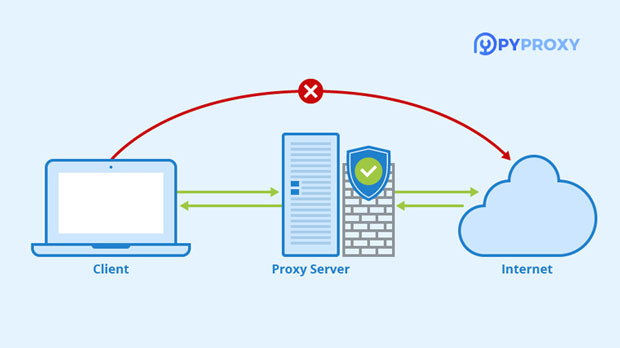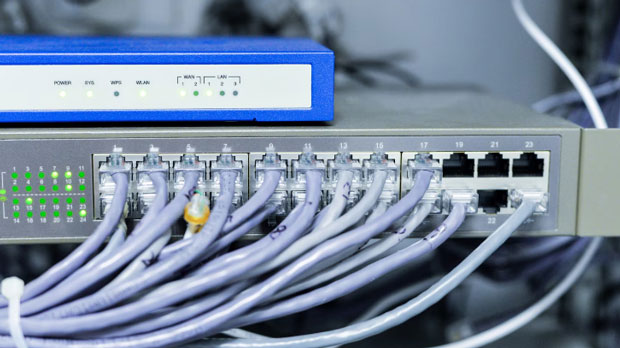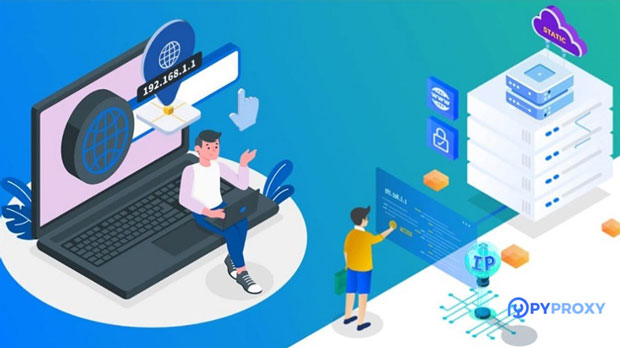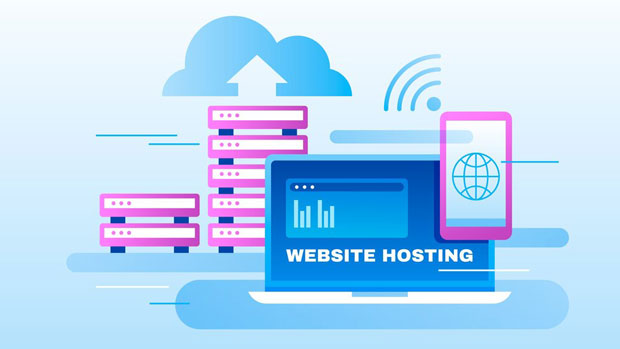Wireless proxies have become indispensable tools for businesses and individuals seeking to maintain their online privacy, access content from different regions, or bypass geographic restrictions. Two of the most prominent players in the wireless proxy market are PYPROXY and Lumiproxy, each offering unique features and advantages. In this article, we will explore how these two wireless proxies perform in cross-region access, analyzing their strengths and limitations and providing insight into which one is better suited for different use cases. We will also break down their functionality, speed, scalability, security, and ease of use in terms of geographic access performance. Introduction to Wireless Proxies in Cross-Region AccessWireless proxies, whether used for data scraping, content delivery, or maintaining privacy, play a significant role in facilitating cross-region internet access. Cross-region access refers to the ability to use a proxy server located in a different geographical region than the user, allowing them to mask their location and access region-restricted content. In an era of increasing internet censorship and geographic restrictions on content, a strong wireless proxy is crucial for maintaining both accessibility and security.In the wireless proxy industry, Pyproxy and Lumiproxy are two notable solutions. Both provide efficient services for individuals and businesses, but each has distinct characteristics. We will compare their performance in facilitating cross-region access by assessing factors such as speed, connection reliability, support for different regions, and scalability.Pyproxy Wireless Proxy: Performance and FeaturesPyproxy is an advanced wireless proxy solution designed to cater to users requiring high-performance network management and security. It utilizes an extensive network of servers located in various regions around the world, providing users with diverse geographic options for cross-region access. Pyproxy offers several features aimed at enhancing performance for users seeking seamless global access.1. Speed and LatencyPyproxy's speed is largely dependent on the geographical distance between the user and the chosen proxy server. In regions closer to the server's physical location, users generally experience high-speed connections with low latency. However, for users connecting from distant regions, the connection speed may experience a decrease in efficiency due to the increased network hops.2. Global Access CoverageOne of Pyproxy's standout features is its wide network coverage, offering proxy servers in multiple regions across the globe. This makes it an excellent option for users who need to access content from various geographic locations. The server's large number of locations ensures greater access to region-restricted content, and it also allows users to select the optimal proxy for their needs.3. Security FeaturesPyproxy excels in security, utilizing encryption protocols such as SSL/TLS to ensure that user data remains protected. This is especially important for businesses or individuals handling sensitive information or accessing restricted networks. The service also includes anti-censorship features that help users bypass local restrictions and firewalls, ensuring continuous access to the internet, even in heavily restricted regions.4. Scalability and ReliabilityIn terms of scalability, Pyproxy can easily accommodate varying levels of demand, making it suitable for both small and large-scale operations. Its infrastructure is designed to handle a large volume of requests without compromising performance. This is beneficial for businesses that require consistent cross-region access, especially when dealing with large datasets or high-volume web traffic.Lumiproxy Wireless Proxy: Performance and FeaturesLumiproxy is another strong contender in the wireless proxy market, known for its reliability, ease of use, and flexibility. While similar to Pyproxy in terms of providing cross-region access, Lumiproxy distinguishes itself with a few notable features.1. Speed and LatencySimilar to Pyproxy, Lumiproxy’s speed is affected by the user’s geographical distance from the proxy server. However, Lumiproxy has an edge in optimizing latency for users in regions where internet connectivity is typically slower. With its low-latency connections and high-speed servers, Lumiproxy performs exceptionally well for tasks that require rapid data transfers, such as streaming or real-time applications.2. Regional Access and CoverageWhile Lumiproxy’s server network is slightly smaller compared to Pyproxy's, it still offers coverage across key regions, including North America, Europe, and parts of Asia. Its network is designed to provide reliable cross-region access to users located in these areas. However, for users requiring access from more remote regions, Pyproxy may offer better performance due to its more extensive global server infrastructure.3. Security FeaturesLumiproxy also prioritizes security with its SSL/TLS encryption, ensuring that user data is protected during transmission. The proxy service also includes features designed to bypass geo-blocked content and firewalls. Although Lumiproxy may not offer the same range of security features as Pyproxy, it still provides robust protection for general use, making it suitable for users who require reliable privacy protection.4. Ease of Use and IntegrationLumiproxy stands out in terms of ease of use. The platform offers simple integration with a range of applications, making it a popular choice for users who need a plug-and-play solution. The interface is user-friendly, which makes it easy to configure and start using, even for those with little technical experience.Comparing Pyproxy and Lumiproxy: Which One Performs Better in Cross-Region Access?When comparing the performance of Pyproxy and Lumiproxy in terms of cross-region access, the following factors must be considered:1. Speed and LatencyBoth Pyproxy and Lumiproxy offer good speeds, but Pyproxy generally has the advantage in regions with a higher number of server options. Lumiproxy, on the other hand, excels in lower-latency connections for users in regions where internet speeds are typically slower.2. Global Access CoveragePyproxy takes the lead in terms of global access coverage. Its expansive server network ensures that users can connect from virtually anywhere in the world, making it ideal for individuals or businesses requiring global reach. Lumiproxy's network, while reliable, is slightly smaller and may not offer as many options for users in more remote regions.3. SecurityBoth services prioritize security, but Pyproxy's broader range of encryption and anti-censorship features give it an edge for users who require advanced security measures. Lumiproxy, while still secure, focuses more on ease of use and simplicity, which may be sufficient for general users but less so for enterprises with specific security needs.4. Scalability and ReliabilityPyproxy is better suited for large-scale operations that require consistent, high-performance cross-region access. Its scalability makes it a strong choice for businesses dealing with high volumes of data or requiring continuous access to multiple regions. Lumiproxy, while reliable, is more suited for smaller-scale operations and individual users.Conclusion: Choosing the Right Wireless Proxy for Cross-Region AccessBoth Pyproxy and Lumiproxy offer solid performance for cross-region access, but the choice between the two ultimately depends on the user’s specific needs. Pyproxy is ideal for those who require a large, diverse network of servers, advanced security features, and scalability for enterprise-level operations. Lumiproxy, on the other hand, is a great option for users seeking simplicity, ease of use, and reliable performance in regions with slower internet speeds.By understanding the strengths and limitations of each service, users can make an informed decision based on their specific requirements, whether it’s for personal use or large-scale business operations.
Sep 12, 2025



































































